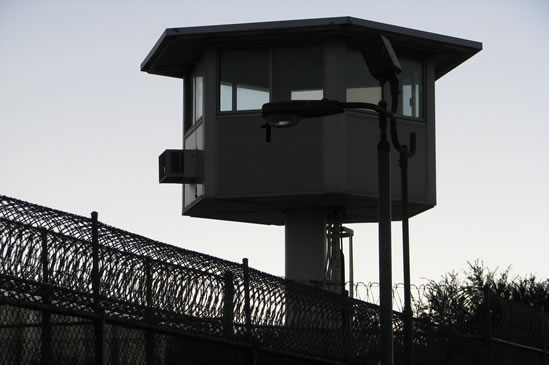3-Strike Cases

We will work diligently to protect your rights.
The Law Office of Jim A. Trevino provides dedicated and comprehensive legal representation in a variety of areas Serving Fresno, Clovis, Hanford, Lemoore, Avenal, Corcoran.
What is California’s three strikes law?
California’s three strikes law is a sentencing scheme that adds significant time to the prison sentences of certain repeat offenders convicted of felonies.
As of June 30, 2010, the California state prison population included 32,479 second strikers and 8,647 third strikers. Because “strike” sentences can be triggered by any felony conviction – even for a “wobbler” or nonviolent offense – strikers are serving lengthy and life sentences for convictions ranging from receiving stolen property to possession of a controlled substance to kidnapping to murder.
The three strikes law was enacted by both legislative and voter initiatives in the 1990’s. It was amended in 2000 and again in 2006 to add additional crimes to the list of qualifying “strike” offenses.5
We discuss what crimes constitute strike offenses in Section 3 of this article.
Passed in the anger and panic that followed the tragic murders of 18-year old Kimber Reynolds and 12-year-old Polly Klaas by men with criminal records, the three strikes law was intended to stop violent recidivist offenders. But the data is far from clear as to whether the law even reduces crime.
The law is flawed in other respects, as well:
Three strikes is triggered by any felony and not just violent or serious felonies.6
Three strikes can lead to gravely disproportionate and even absurd outcomes, like giving someone convicted of shoplifting a longer sentence than someone convicted of murder.7
Three strikes can operate in a way that violates the Eighth Amendment constitutional right against cruel and unusual punishment.8
Three strikes disproportionately impacts minority defendants.9
Three strikes needlessly exacerbates the already overcrowded California prison system.10
Three strikes unnecessarily shifts to the taxpayers the cost of caring for aging offenders who pose no significant threat to the public.11
Three strikes has not led to a demonstrable reduction in crime.12
Three strikes leaves no realistic room for rehabilitation, redemption or hope.13



